Campaign settings love to blend Eldritch Horror with D&D, but there are other horror subgenres that make for fun mashups too.
We all know that if there’s one thing a D&D campaign setting loves, it’s adding in elements of Eldritch Horror. And a splash of Dark Fantasy as well. Things are grim, dark, and full of tentacles the second you stray outside of WotC’s official playground. No shade meant, I love eldritch/cosmic horror. That’s one of my absolute favorite subgenres, and it plays so well with D&D.
But there are other flavors in the spice cabinet of horror! They can add a lot to your game, whether for a single adventure, or over the course of a whole campaign. Here are five horror subgenres that are fun to mix with D&D.
Folk Horror
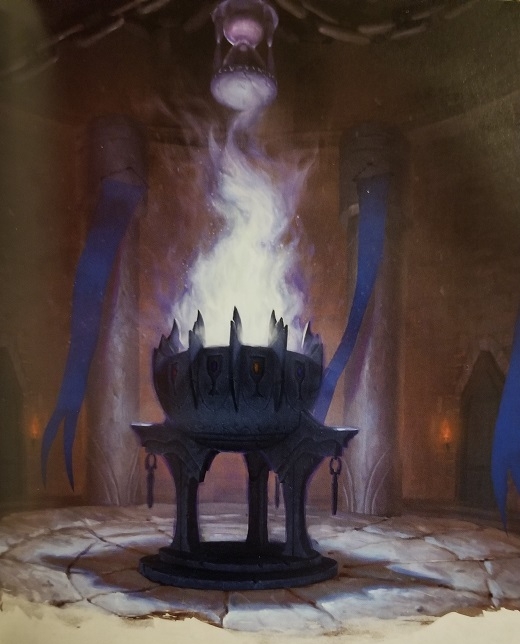
Folk Horror is already present in some elements in D&D. It’s a sugenre of creepy cults, strange rituals, and the kind of foreboding dread that sinks in with movies like Midsommar. This subgenre is one that really comes to life with the sense of isolation and superstition. And this works well even in a setting where there are magic sells that let you talk to the gods.
Because that’s fine for the temple. But what about the things in the dark swamp? Or in the shaded vale? Or any other remote, isolated part of the world where adventurers might stop in. This is where you get local occult lore and small gods best left forgotten and that sort of thing.
A Haunting We Will Go
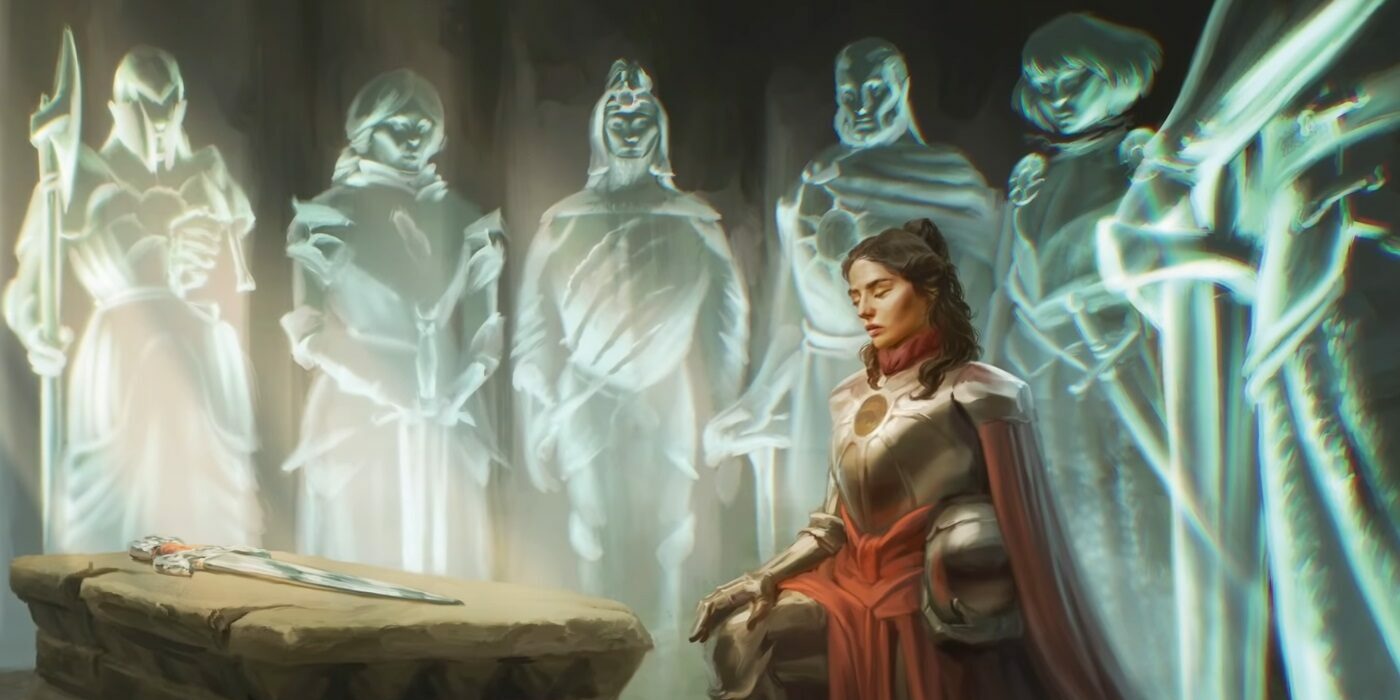
I also really love how haunting horror plays in D&D. This subgenre of horror can be best summed up with movies like The Haunting and Poltergeist. People are beset by dangerous ghosts. They are helpless, because you can’t just go in and bust the ghost (unless you decide they can). You have to figure out what caused it. And why. And how it might be vulnerable.
All the while, the mundane things in life become more and more terrifying. This is a subgenre defined by unseen things that build a sense of creeping dread. Of taking over the home life, and places that you thought were safe.
Body Horror
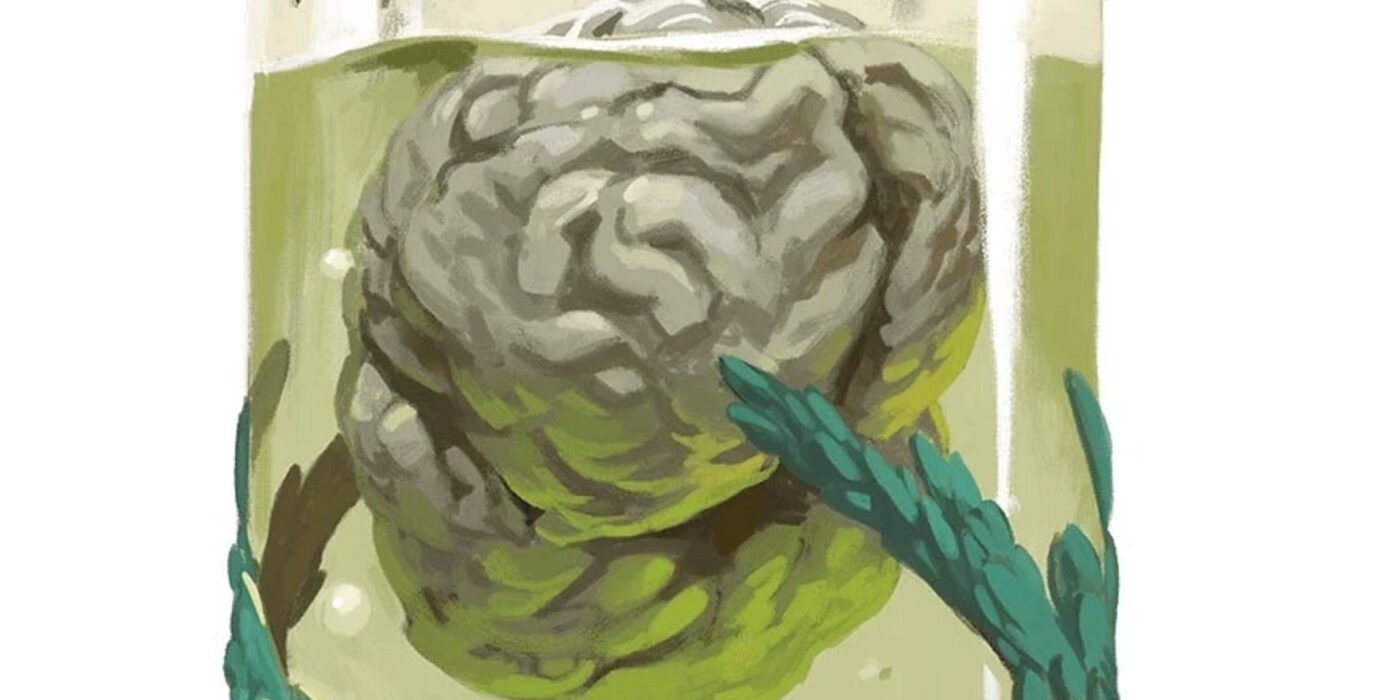
Body horror is one of those subgenres of horrors that often lends elements to other ones. In a nutshell, this is found in films like Jennifer’s Body and The Substance, and can be summmed up by “gross stuff happens to bodies.”
This is a subgenre for bodies that get transfigured. For painful, often gruesome transformations as the body is warped and twisted. Arguably, even the chestburster sequence of Alien is body horror – any time you know viscera is somehow involved, you’re in body horror town.
Possession
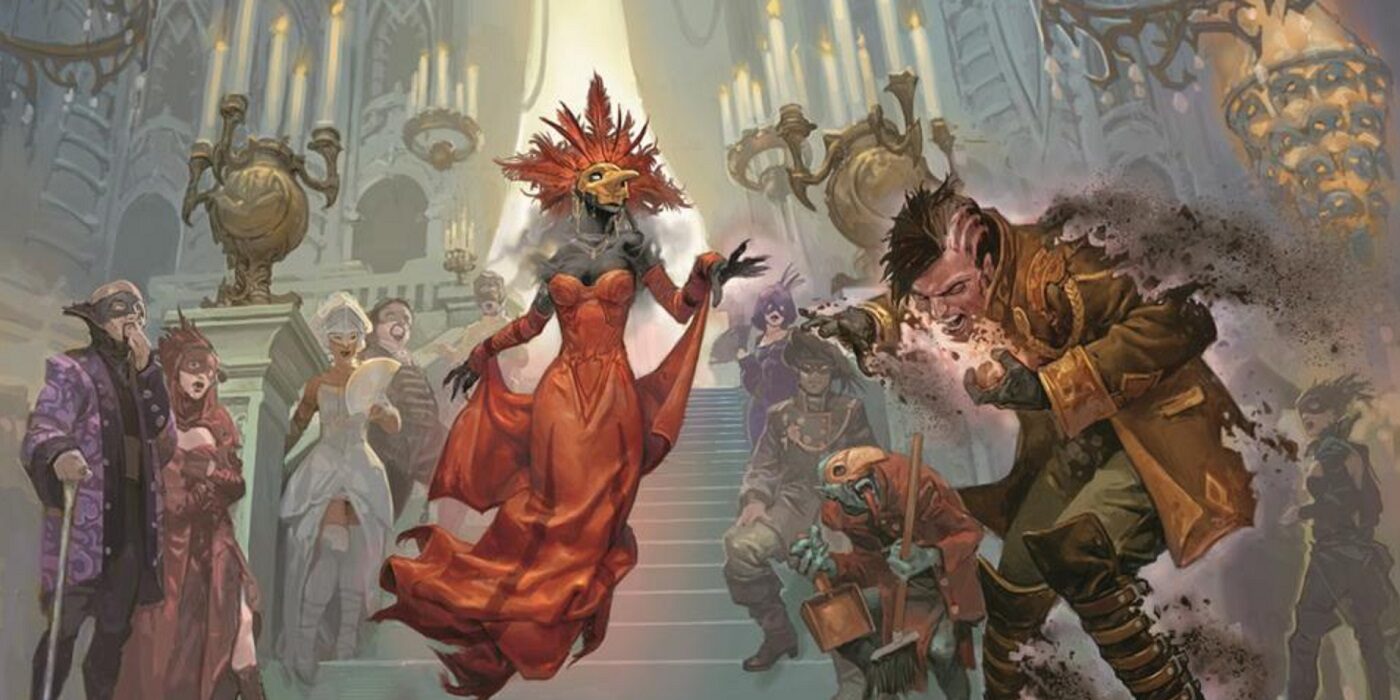
Possession horror is not to be confused with ghosts. This is a subgenre for religious horror. For the dark and foreboding aspects thereof, specifically. Movies like The Exorcist or The Nun or The Ninth Gate embody this subgenre.
It consists of usually some malign force that is wreaking havoc on mortals. Usually with the aim of corrupting their souls and causing death and mayhem, and if someone falls to darkness, then that’s all the better. Just the sort of thing to involve a crew ofadventuring heroes to try and stop.
Gothic Horror
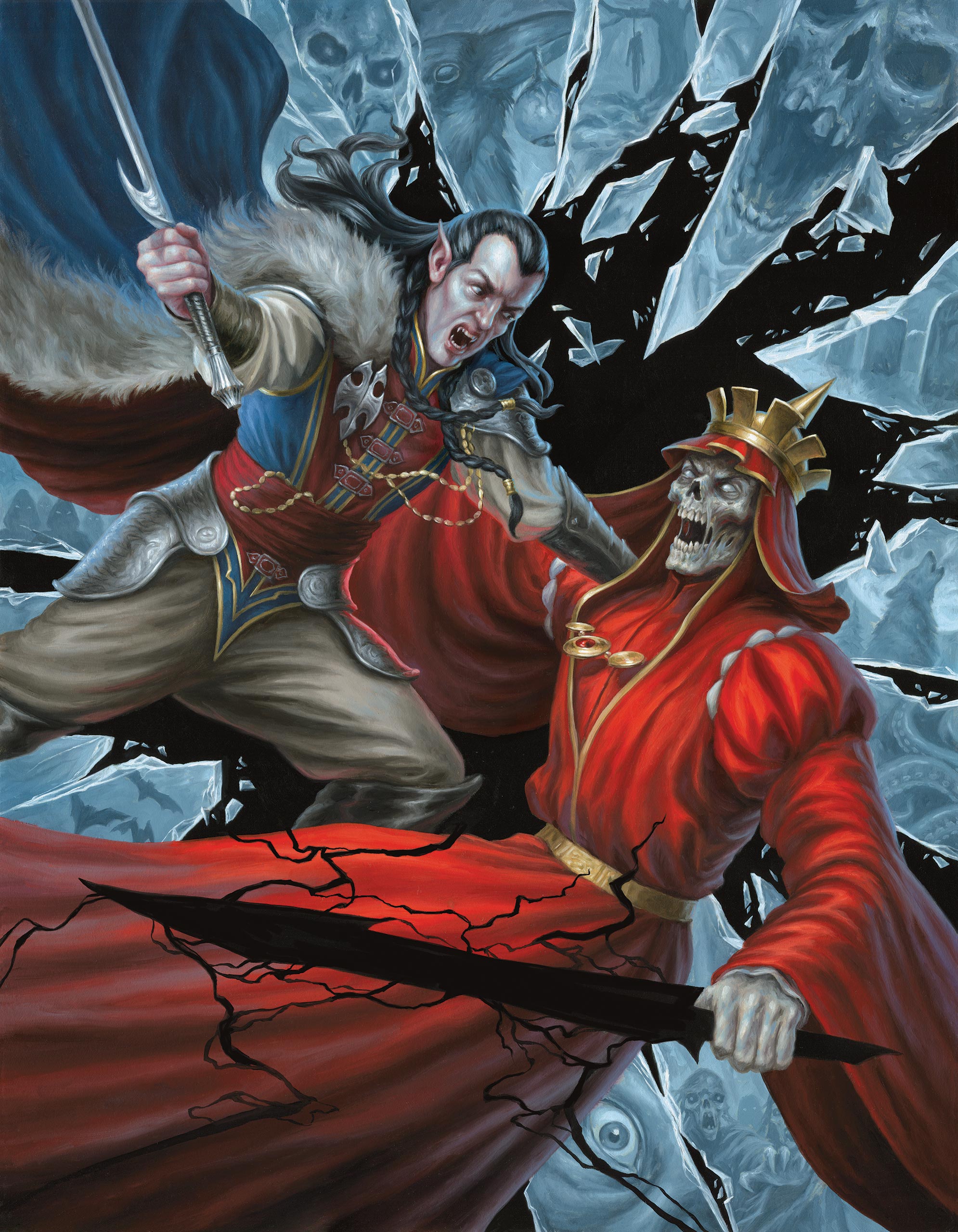
And then there’s Gothic Horror. This is horror that is fascinated with “gothic elements” that feel right at home in D&D. Foreboding castles. Remote wilderness. Vampiric counts and dread creatures of the night that stalk the forests. This subgenre is embodied in some of our greatest literature: Dracula and Frankenstein and Dr. Jekyll and Mr. Hyde. It often is accompanied by a strong emotional subject, like dread or madness or decay or ruin. You get things like revenge and the desire to prove that one was right, or to reclaim a lost love or whatever mixed in with the monsters.
Happy adventuring!
Don’t Miss:
Read more at this site
